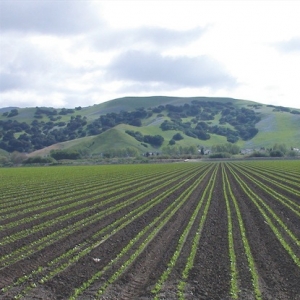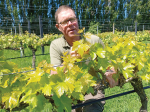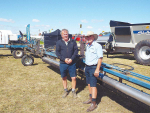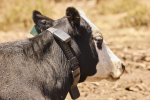Growing plants will be able to communicate with a US-developed robotic cultivator that can distinguish ‘friend’ from ‘foe’, intended to make it easier for vegetable growers to kill weeds.
Prof David Slaughter of the University of California Davis department of biological and agricultural engineering says the five-year project will address a long-running weed problem. “Machines can recognise a weed, and they can recognise a crop plant, but they have trouble distinguishing one pattern from another when they are co-mingled, as often with weeds and young crops, particularly when traveling at a typical tractor speed of 1m/sec or faster,” Slaughter says.
Slaughter has a US$2.7m grant from the US Department of Agriculture to design a robotic cultivator to remove weeds in commercial fields much as gardeners pull weeds in their own backyard – but labour-free and cheaply.
His ‘smart’ cultivator has small knives that reach out to uproot weeds and retract to leave crops intact. It will weed the beds of any row crop, especially well in wide beds of densely seeded crops like spinach and baby lettuce, which can turn green almost overnight with weeds and leafy crops.
Steve Fennimore, a weed specialist with the university’s department of plant sciences, says current vision-sensing mechanical cultivators can sometimes recognise weeds along the edges of wide beds, or seed lines, but they get lost in the middle.
“Workers often have to go back through and hand-weed them.”
The new cultivator will distinguish friend from foe through a safe, simple seed coating. The plants will signal the cultivator by emitting a faint, fluorescent glow that will appear when seedlings emerge and are most vulnerable, then vanish as plants grow and can out-do weeds for sun, water and nutrients.
“It won’t involve biotechnology or any genetic engineering,” Slaughter says. “The seeds will be coated with a safe, inert, fluorescent material.”
To develop the seed coating, Slaughter’s team will work with the university’s seed biotechnology centre and Aginnovation, a California company.
Especially this gear will suit automated lettuce thinners, machines that drive through heavily seeded fields and remove all but the most viable plants.



















